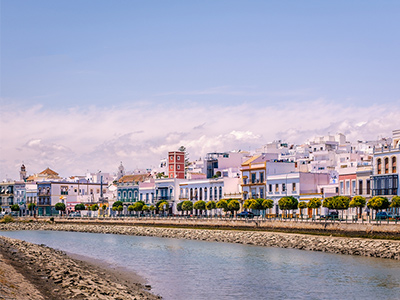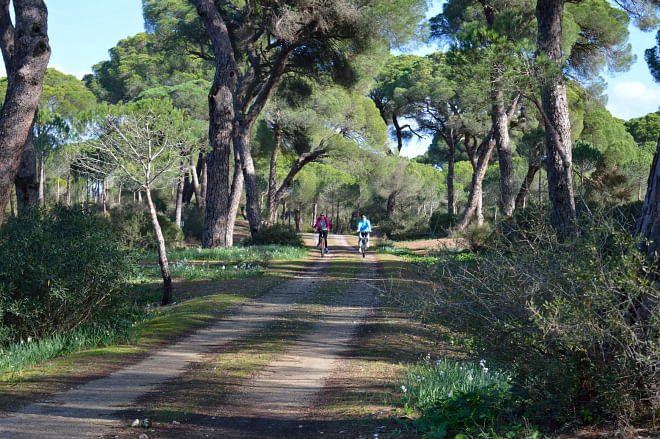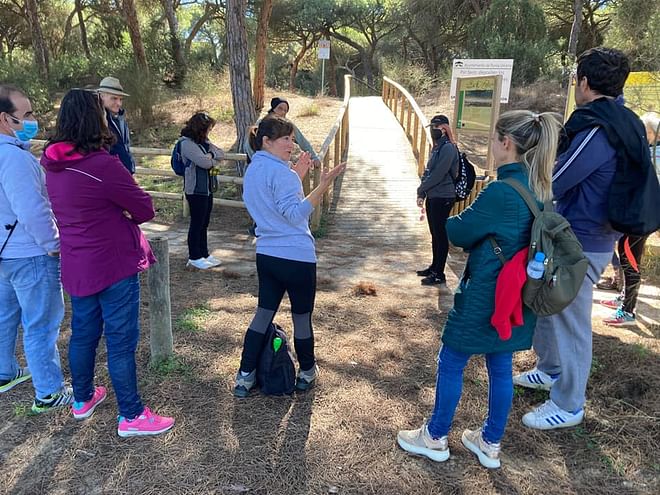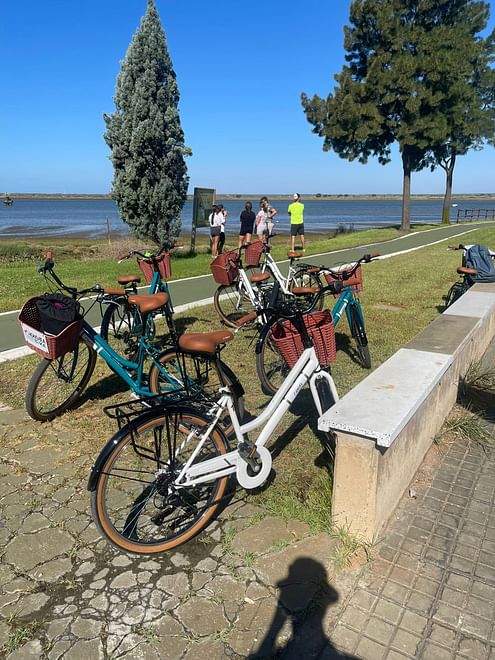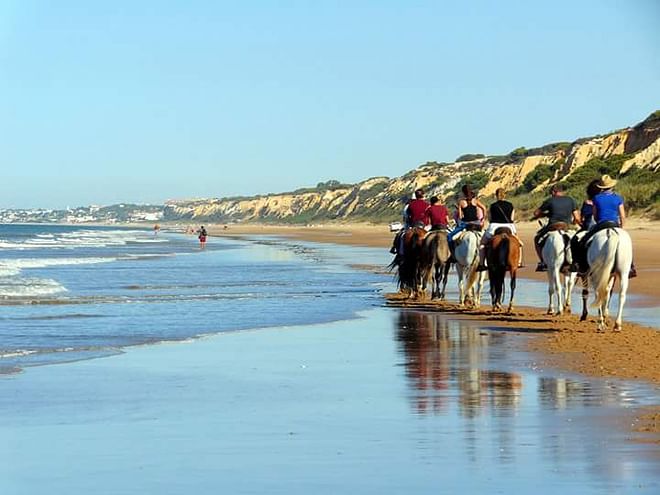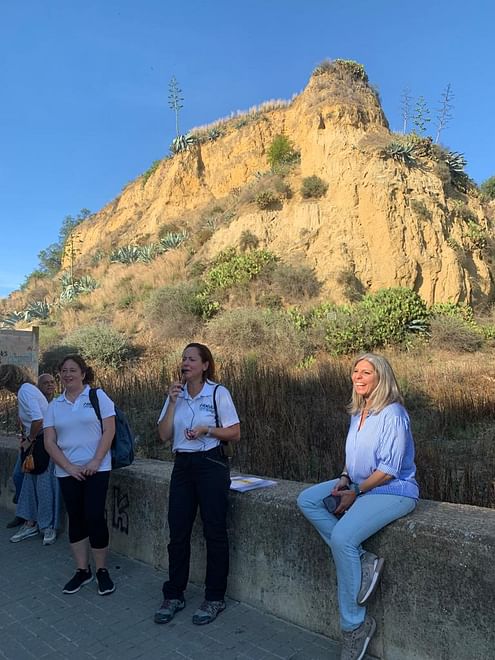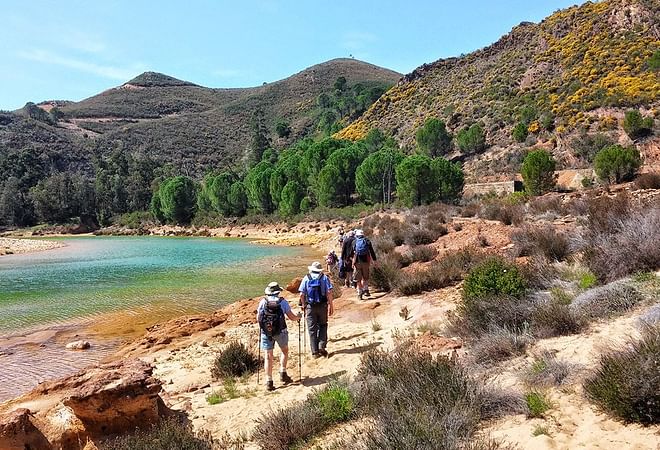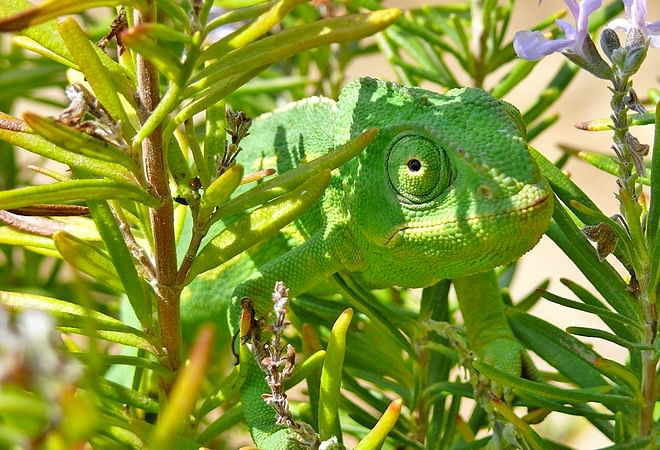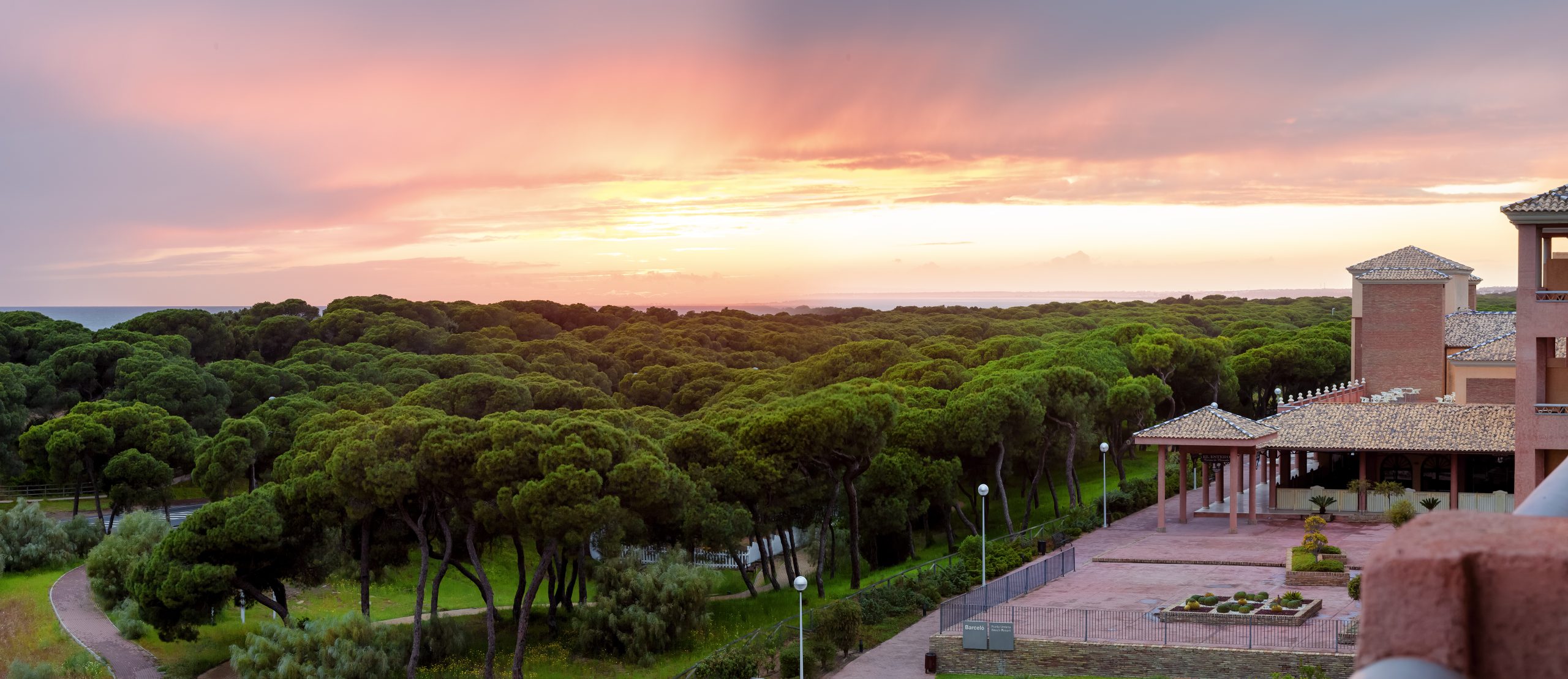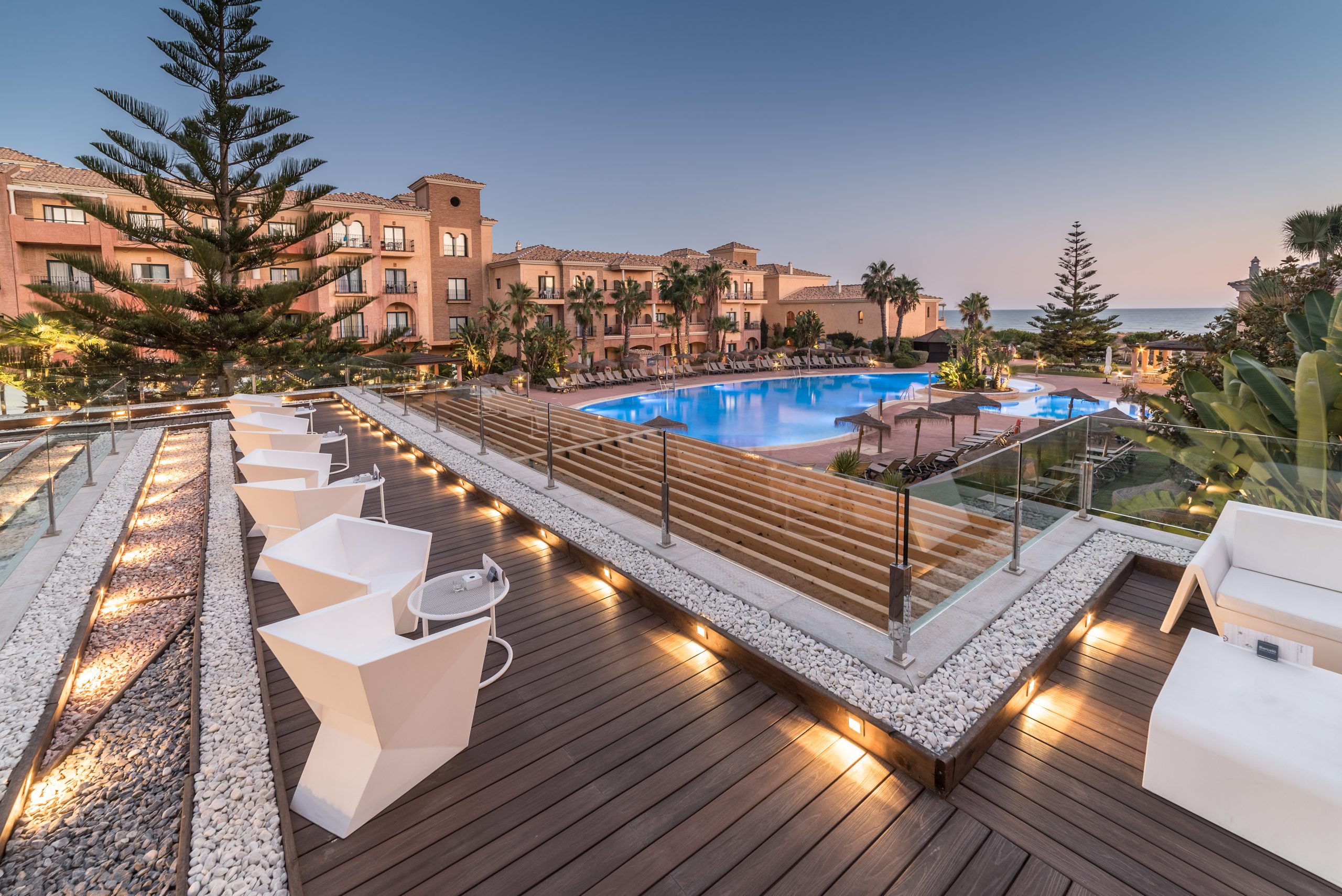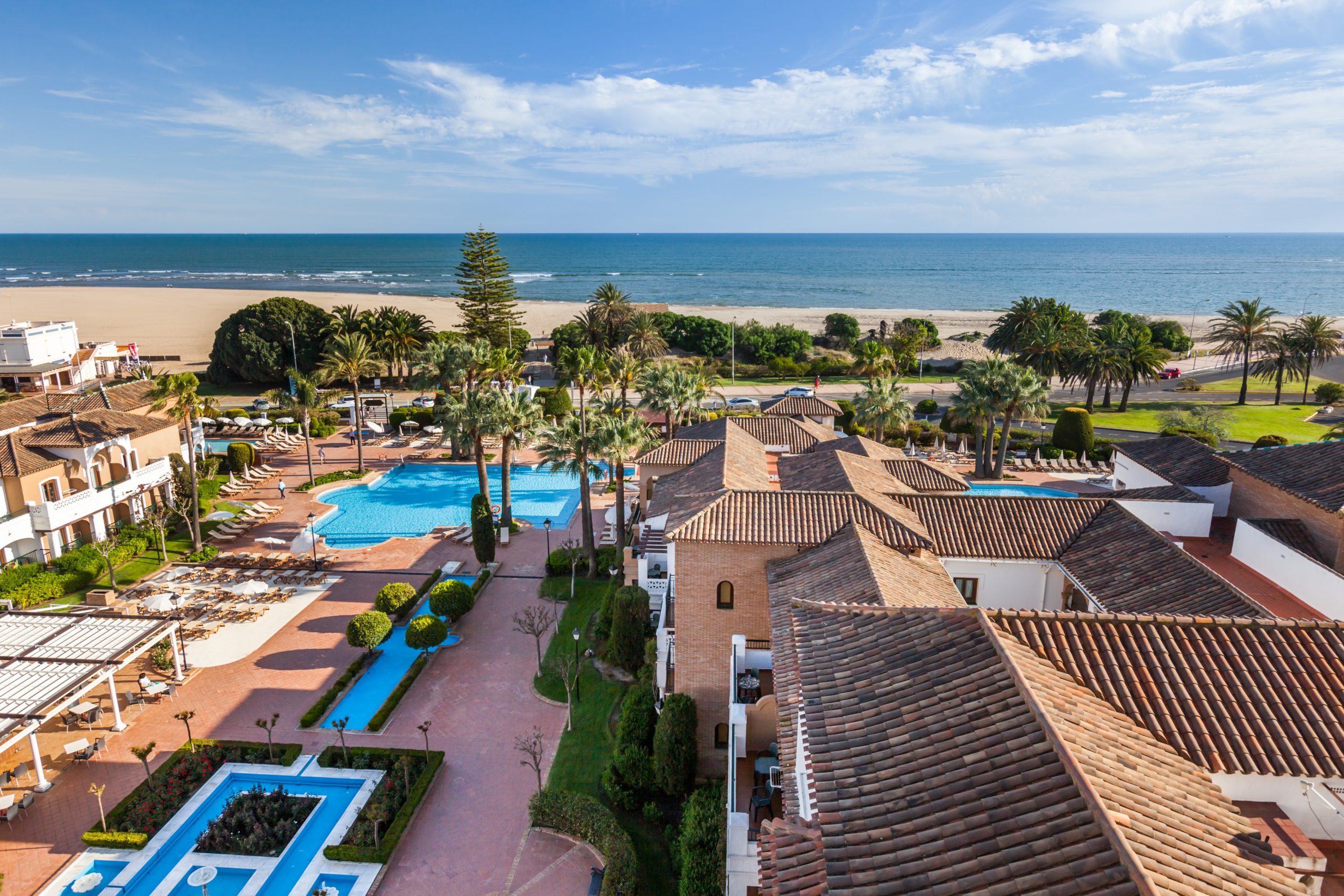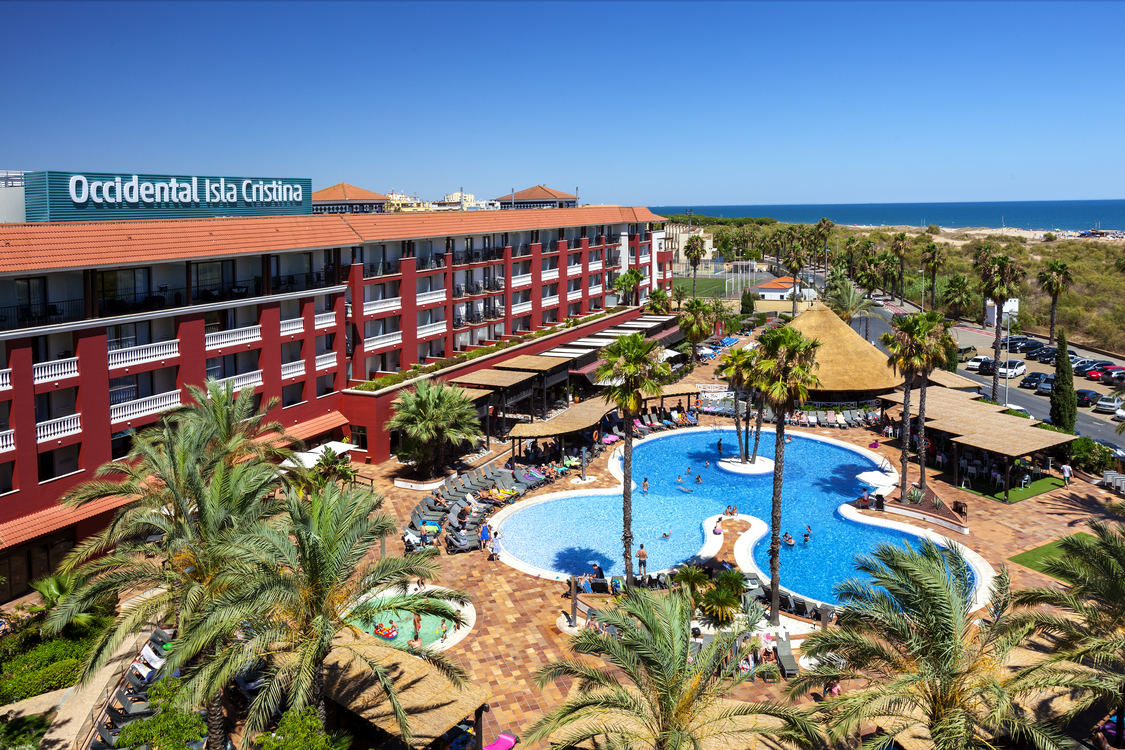Believers are very devoted to the Virgin of El Rocío all year round but the Pilgrimage of El Rocío is the high point. Pilgrims travel to the village from places all over Spain and even from abroad.
For the duration of the pilgrimage, which ends in El Rocío near Almonte, there is an ambience of festivities, bright traditional costumes, horse-drawn carriages, dusty roads, song and dance. The journey across the countryside and through the countryside of the Doñana National Park is almost mystical and laced with faith and religious devotion.
Find out more about what moves pilgrims to participate in this religious festivity. Then, if you are inspired enough to go there and join in, bear in mind that when you’ve done it once, you’ll want to do it every year.
The origins and meaning of the pilgrimage
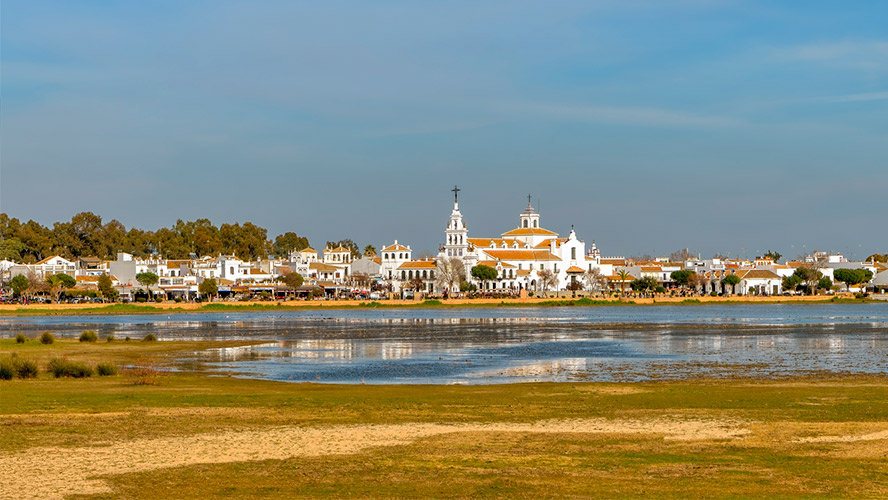
The legend goes that a local shepherd found a carved image of the Virgin Mary in a tree trunk. He took it with the intention of taking it to Almonte but fell asleep along the way. When he woke up, it had gone. He went back to where he had found it…and there it was. When he recounted the event back in the village, the locals decided to build a hermitage to revere the Virgin of Las Rocinas, as she was called at the time.
The original hermitage was actually left in ruins in 1755 during the Lisbon earthquake and since then it has been reconstructed on a number of occasions. The existing hermitage is at the very heart of El Rocío village and it houses the carved image of the Virgin of El Rocío.
Available documentation in Almonte Council indicates that the first brotherhood dates back to the 16th century. There are now over 120 similar brotherhoods right across Spain and they play an official role in the annual activities.
El Rocío Pilgrimage: when and where?
The pilgrimage is held on a different date each year since it is decided by the religious calendar. It is held on Whitsunday or 50 days after Holy Week.
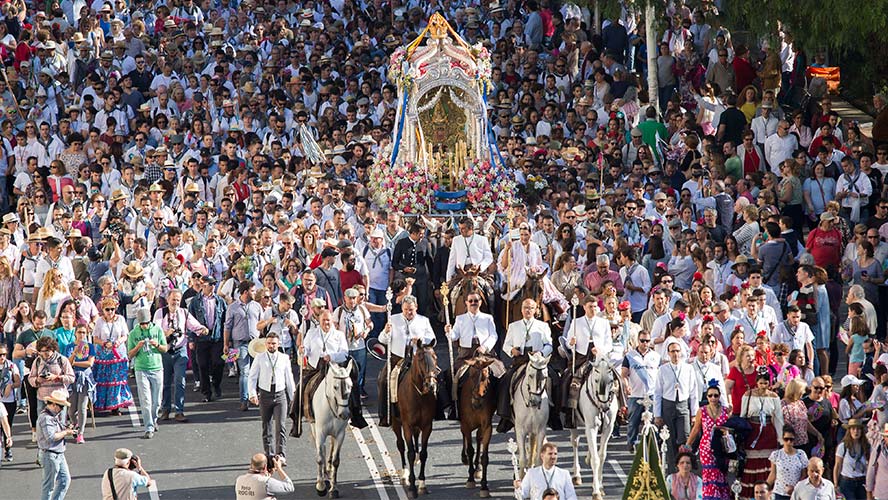
The previous week, the different brotherhoods set out and begin the journey to El Rocío such that they arrive on the eve of Whitsun. The events and schedule run from the Saturday to the Monday after Whitsun.
There is a party atmosphere during the journey itself. Religious devotion is accompanied with song and Flamenco dance. There are four standard pilgrimage routes depending on where pilgrims come from in Spain. They can be completed on foot, on horseback or by road. They include:
- ‘Camino de Sanlúcar’ for pilgrims travelling from Cádiz. This route is ten kilometres long and it crosses the Guadalquivir River, runs alongside the natural park in Doñana and reaches El Rocío over Canaliega bridge.
- ‘Camino de Los Llanos’ is the oldest route of all and it begins in Almonte.
- ‘Camino de Sevilla’ is the most famous route and taken by people travelling from Seville but also from other parts of Spain and across the world.
- ‘Camino de Moguer’ runs through a eucalyptus forest and it is the route taken by pilgrims from Huelva.
The schedule and other interesting facts
There is a great deal of religious fervour amongst participants and the event was given Pope John Paul II’s approval when he visited in 1993.
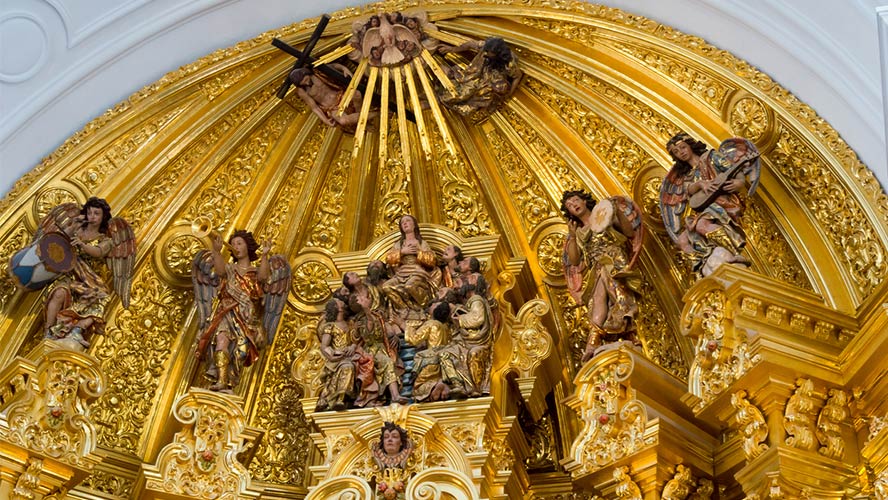
It lasts three days and over a million people including visitors and pilgrims stay in and around El Rocío for that time. Although the celebrations never stop, there are a number of specific acts on the Saturday, Whitsunday and following Monday. They are part of the formal schedule and they are performed with utmost respect.
- Brotherhood parades
Almonte brotherhood is the largest and most important of all. It is responsible for organising the religious ceremony, the procession and for welcoming and organising the other brotherhoods when they parade on Saturday midday.
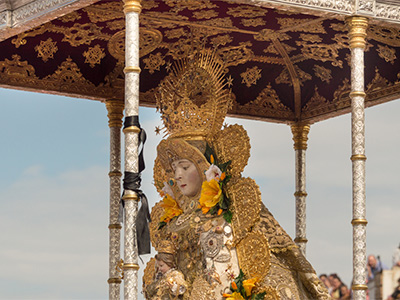
The spirituality of the moment is palpable as the brotherhoods parade through the village in order of antiquity and holding their banner high. They arrive at the doors of the hermitage to the sound of pealing bells and songs dedicated to the Virgin.
- Church services and the Prayer of the Holy Rosary
On Whitsunday, the festivities begin at ten o`clock in the morning with a number of Church services. The Prayer of the Holy Rosary is held in the evening. It involves visits to the Virgin in the hermitage. The intensity of the sentiments during the event is huge.
- Jumping the fence
Early on the Monday morning after the Prayer of the Holy Rosary and once all the brotherhoods have gathered, an incredibly exciting and special part of the festivity takes place. It is known as the ‘Salto de la Verja’ or, literally, ‘jumping the fence’. This is when the Almonte brotherhood kicks off the high point of the celebrations by jumping over the fence to remove the Virgin from the hermitage and proceed to parade with her held high. The following day, all the brotherhoods begin their journey home.
What to see in El Rocío
The countryside around El Rocío is unbeatable. You can enjoy a visit to El Rocío at any time of the year and your stay in Huelva does not need to coincide with the famous pilgrimage. The streets are simple mud tracks and the local people are incredibly welcoming. The hermitage is always open to visitors and you are welcome to visit the Virgin of El Rocío.
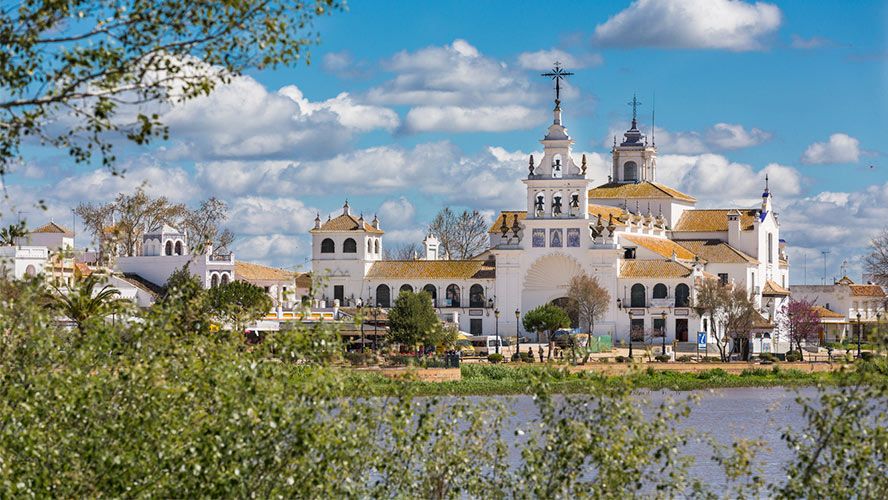
The hermitage was designed like an Andalusian homestead by architects Alberto Balbontín Orta and Antonio Delgado Roig in 1969. It is at the very heart of the village and beautiful both inside and out. It is open all day long and, in addition to seeing the 13th-century Virgin herself, you can go inside and enjoy the Barroque-style altar.
There is plenty for you to do on a short break in El Rocío: stroll around the dirt tracks, take a peek inside the shops selling traditional costumes, visit Puente del Ajolí, the bridge that is the most important point along the pilgrimage route, and get to know Las Marismas, the nature park in Doñana, or Matalascañas beach.

























































